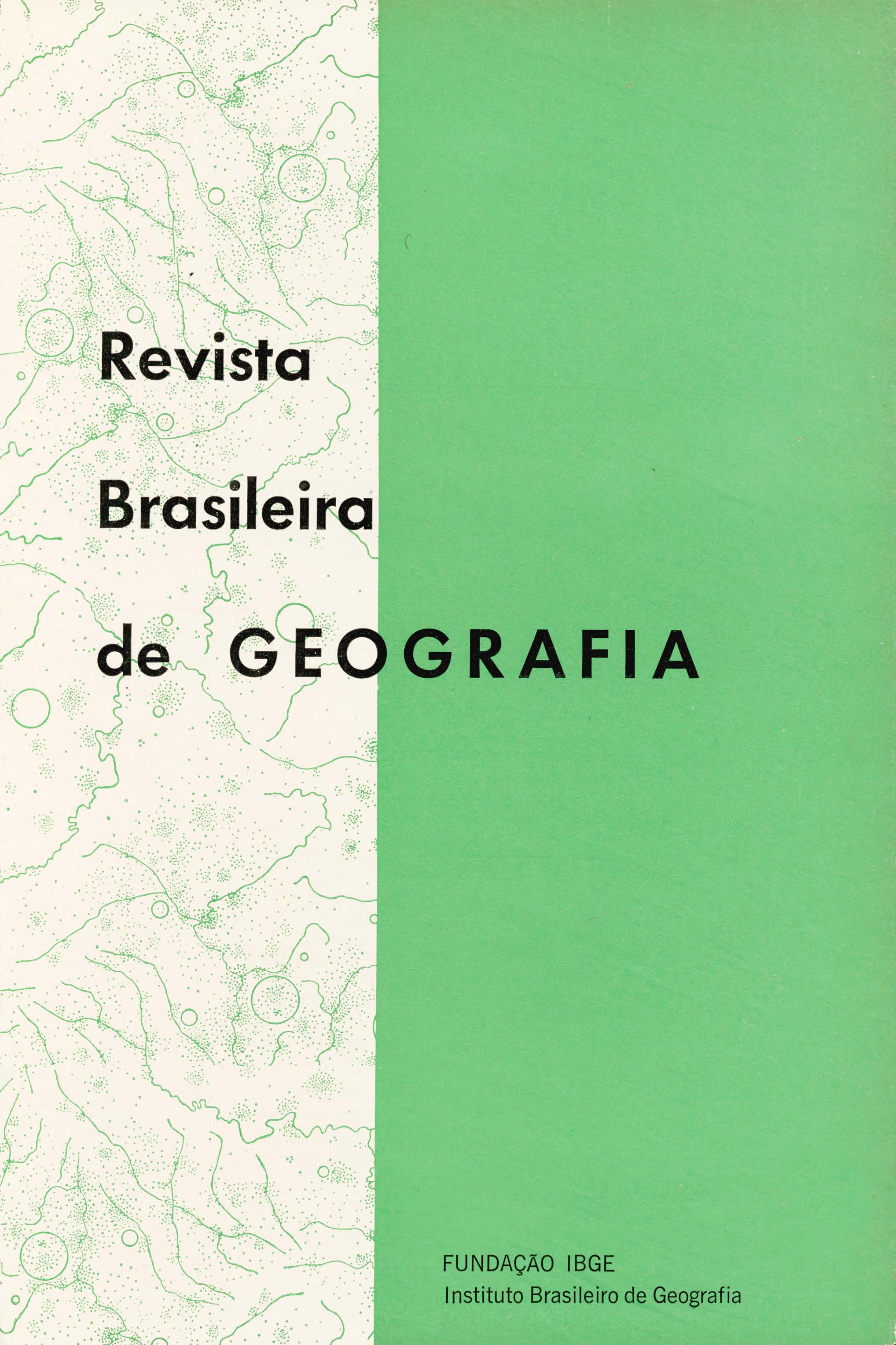Áreas de pesquisa para determinação de áreas metropolitanas
Resumo
The great extension reached by some brazilian towns and the intense rhythm verified in the urban population growth, has become clear the necessity to direct this urban growth, mainly in determined areas, aiming to give the adequate solution to the problems that the disordered urbanization is bringing about. These problems are so evident and the process related to urbanization of the metropolis are in the common conscience, so that the Constitution of 1967 has established the so called metropolitan regions, authority which will plan and control all the activities with this purpose.
The present work was carried out in order to study the process of urban expansion of the brazilian metropolis. It seeks, initially, to define the areas around the metropolis on which should be ma de an especial search in the 1970 Census. For such study was chosen nine urban nucleus which exceeded from the others by their density of population, by the characteristics of diversification of activities and by the position which take up in the hierarchic system of the brazilian urban nucleus. To these nine metropolis was added, yet, Brasilia.
It was divided in two parts: 1 - definition of concepts related to the great metropolitan agglomerations; 2 - Analysis of the rules and its application in the delimitation of research areas on which should be made an especial statistical survey in the 1970 Census, with a view to determine the metropolitan areas in the country.
The areas understood by the process of metropolitan growth are characterized by strong demographic afflux, by the transformation of occupational structure, which presents evident predominance in the secondary and tertiary sectors and by an integration system expressed by an alternate movement of people among the different unities.
Thus the criteria adopted to delimit the research areas were of three categories: 1 - demographic; 2 - structural; and 3 - of integration, being included in such areas all the municipalities which fulfilled, integral or partially, two of the three categories of criteria.
1 - The demographic characteristics consist of the following items: a) the main town should have, at least, 400,000 inhabitants; b) the density of population of the district seat of the main town should be of 500 inhabitants or more per square kilometers; c) the density of population of the bordering municipalities should be, in minimum, of 60 inhabitants per Sq. Km. - when it doesn't comprise such a density it should be presented, at least, in a district close to other municipality included in the area; d) the population growth in the period of 1950/60 should be, in minimum, of 45% in the municipality or in a contiguous district, as mentioned.
2 - As regard to the structural characteristics, a municipality will be included in the research area when: a) it had, at least, 10% of its population occupied in industrial activities; b) the industrial production value were three times as large than the agricole one.
3 - According to the integration characteristics a municipality will be included in the research area when; a) It had, at least, l0% of its total population moving daily in travels from it to that one where is the center town, or to other municipalities of the area; b) it had a telephone-call rate to center town upper than 80 per telephone during the year.
The applications of these rules to municipalities around the nine metropolis made possible the delimitation of the research areas in which the number of municipalities vary as follow: research area of Belem, 2; Fortaleza, 3; Recife, 6; Salvador, 5; Belo Horizonte, 15; Rio de Janeiro, besides Guanabara State, 14; São Paulo, 31; Curitiba, 9; and Porto Alegre, 14.






